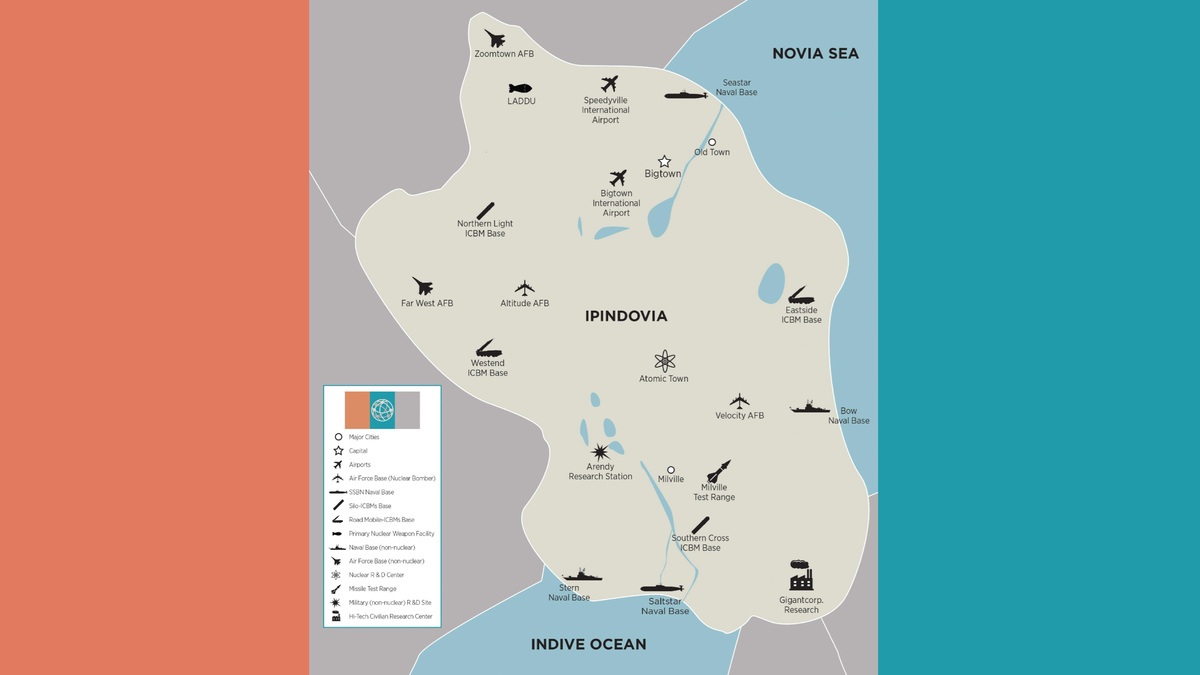From its first meeting in March 2015, the IPNDV broke new ground in building a diverse international program of work. Working cooperatively together, the Partners — consisting of more than 25 countries with and without nuclear weapons — have made valuable progress in identifying the challenges associated with nuclear disarmament verification and identifying potential procedures and technologies to address those challenges. Phase I concluded with the November 2017 Plenary Meeting in Buenos Aires of senior government officials and technical experts. This report summarizes the key activities and results of Phase I.
Across its diverse participants from the policy, verification, and scientific communities, the Partnership has shared knowledge and advanced national and international thinking on nuclear disarmament verification. The “deliverables” of the Partnership’s three Working Groups—“Monitoring and Verification Objectives,” “On-Site Inspections,” and “Technical Challenges and Solutions”—provide a strong analytic contribution to building the needed tool kit of nuclear disarmament verification concepts and capabilities. Moreover, within the Working Groups, representatives of countries both with and without nuclear weapons have brought different perspectives to bear and gained important insights from each other.
The primary focus of Phase I was the monitoring and inspection of a notional nuclear weapon dismantlement process, called the “Basic Dismantlement Scenario.” It comprises steps 6–10 of the Nuclear Weapon Dismantlement Process. Those specific steps are only one part of a broader set of nuclear weapon dismantlement activities and in turn of nuclear disarmament verification.
The Partnership has made a substantial contribution to understanding and finding approaches to solve this core challenge of nuclear disarmament verification.
Specifically, the Partnership’s key judgment is that:
While tough challenges remain, potentially applicable technologies, information barriers, and inspection procedures provide a path forward that should make possible multilaterally monitored nuclear warhead dismantlement while successfully managing safety, security, non-proliferation, and classification concerns in a future nuclear disarmament agreement.
Several more specific conclusions support this key judgment and are elaborated further in this report.





